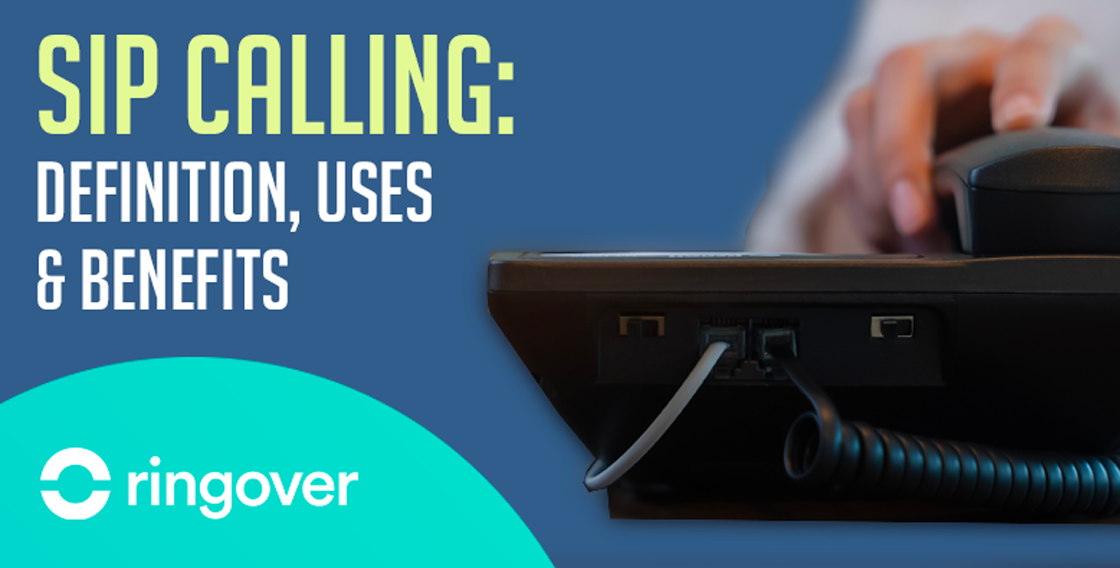

In general, a protocol is a series of digital rules for data exchange within or between computers, phones or other devices. H3: Related: How does a SIP trunk work? The Importance of SIP Combining SIP with other tools, such as Asterisk, will make SIP phones and communications platforms even better because they can customize them to specific business needs. If a potential buyer wants an all-inclusive solution for their business communication needs, SIP trunking is their best bet. In addition to voice calls, they can use SIP for video conferencing, instant messaging, media distribution and other applications, which means it is a highly flexible technology. Organizations can use SIP to transmit information between two endpoints or many. In a nutshell, the SIP definition includes the messages traveling between endpoints and the rules for the establishment and termination of each session. When trying to elaborate on the SIP definition, it’s easier to discuss what it lets your customers do instead of getting bogged down with the technical terminology. The Internet Engineering Task Force (IETF) is in charge of developing and standardizing this protocol. SIP, therefore, is one of the specific protocols enabling VoIP. It is a communication protocol organizations widely use to start and finish multimedia communication sessions, such as voice and video calls. SIP stands for Session Initiation Protocol.

Let’s compare SIP vs VoIP so you can better explain these terms to your customers. But, although they accomplish the same goal of connecting calls via the Internet and work together, they are not the same thing. Users commonly mix up VoIP’s meaning with SIP’s. This scenario makes matters worse, especially for company decision-makers who don’t have an IT-related background. Some people in the industry use specific terms interchangeably, even when the words have very different technical meanings. With so many terms around (IP-PBX, PSTN, PRI, ISDN and the list goes on), no wonder buyers can become confused. In their research, they will face a series of confusing acronyms and likely ask themselves questions as they compare SIP vs VoIP: “Is a SIP phone the same as a VoIP phone, and what is an IP phone?” “What does VoIP stand for?” We hear these questions all of the time.Īccording to the portal CommsBrief, there are at least 280 telecom abbreviations out there.

This guide explains what SIP Trunks are, the difference from PSTN, their advantages, and how you can make the move.Suppose your customers are looking into business communications solutions. Your provider supplies phone numbers and virtual lines, usually at better rates than the traditional carriers and with more flexibility and shorter contract durations. Unlike a PSTN provider, the lines provided are not physical, but a service provided over your internet connection. In 2017 major telcos such as KPN, France Télécom, Deutsche Telekom, Telecom Italia, and British Telecom began to retire ISDN lines, with the UK announcing that their entire ISDN infrastructure would be retired by 2025.Īs a result, Session Initiation Protocol (SIP) trunking has increased dramatically, with the market value expected to reach US$35.5 billion by 2030. and in the UK, ISDN lines have significantly decreased. Phone companies like Verizon have phased out ISDN in the U.S. The majority of businesses these days are already using modern IP phone systems and SIP trunks, although some smaller businesses may still rely on outdated technology. Many European countries have already completely phased out ISDN with countless others to follow. The major telecom providers are fast phasing out the old PSTN functionality and are moving customers to IP. An increasing number of businesses are using more modern and flexible SIP Trunks. The trusted old Public Switched Telephone Network (PSTN), with its Analog lines, ISDN BRI, E1 or t1 lines, are gradually being replaced by IP telephony. Self-managed (Private cloud - On-premise).


 0 kommentar(er)
0 kommentar(er)
